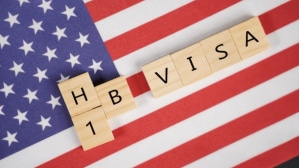
Huawei is strenuously moving ahead, keeping its head held high amid the turmoil caused by the Trump’s administration in the US. After the US put a curb on trade with Chinese companies, Huawei lost its connections to multiple US firms including Google, Qualcomm, and more, barring the exchange of technologies. But a 90-day reprieve was granted later to soothe the uprooting. Seemingly, as a result, two tech associations have now lifted the ban on Huawei, giving it a breather.
The Wi-Fi Alliance and the SD Association have now removed the ban that they imposed a few days back. Huawei’s name has now re-appeared in the list after it was removed earlier this week. The Wi-Fi Alliance provides Wi-Fi certification to companies while the SD Association decides the industry standards for memory cards that are used in phones, laptops, cameras, and more devices.
The websites of both the organisations now show the name of the embattled Chinese tech giant. But it is not clear if this is a permanent inclusion, exactly like before – in which case both the firms will be flouting the trade regulations. Other firms that have cut ties with Huawei have not shown any favourable signs so far. Even with its name back on the list, Huawei has a myriad of fallouts that may ultimately hamper its phone business globally.
Meanwhile, Huawei is confidently fighting the ban, even if it means urging the US judge to rule the ban unconstitutional. Huawei moved the court against the ban that Trump government has put on trade with Chinese firms. The loss of Android license is, perhaps, the biggest setback to the company’s global footprint. But, Huawei is unflinchingly moving ahead with its plans to launch its own mobile ecosystem that will substitute Android.
Huawei may win over its customers with the ecosystem but it cannot do so without the chips that form the backbone of a phone. ARM Holdings, a UK-based semiconductor firm, has blocked the exchange of chip designs and other support material with Huawei as the designs are based on ‘US origin technology’. Without licensed chip designs, Huawei will have to resort to developing chip designs, which is a complex process, before they set out to build chipsets.









